EXPLORING THE MALHAR TATTOO TRADITION.
KSHITIZ ROY.
ONLINE JOURNALIST.
ITATTOOZ.COM
They do not know that the ‘GODNA’ they do in their village, is called Tattoo outside. They do not know that these intricate designs which they do for peanuts and a kilo of rice are worth 20 dollars all around the world. They do not know about the glossy tattoo shops and the hygiene issues that the tattoo artists are dealing with. For them doing a GODNA is no big deal – with their simple and rustic technique, they do it without the pomp and show of an uptown tattoo shop. They are MALHARS and they struggle to eke out their existence in the jungle. I am here in the BERITOLA village of Jharkhand to find out more about their age old stint with ‘tattoos’. The journey from Netarhat- the place where I have been camping, to Beritola is not going to be easy. I will have to climb down a hill, walk down some 20 kilometers on foot through the most arduous stretch I have ever come across, making my way through this steep rocky terrain dotted with monstrous shrubs. The journey begins on a rather unfortunate note as I twist my ankle right at the start of it. But more disturbing than the pain in my ankle, it is the thought of bumping across a Lions or Bears, who I think, might be out for a morning walk.
‘I do not want to die so young’, I inform Satender, my friend from Netarhat who has been very kind to accompany me to this place. He keeps on walking down with his friend Arun – the lanky lad from ‘Paseripat’ village in Netarhat, who knows the people from the Malhar community. I try to find the assurance in his silence!
It has been twenty minutes since we have left to road to hit into the Jungle. I have been walking all the time without bothering once to stop and look around. It’s just the jungle and us. There is nothing but a vast stretch of sprawling Sal trees all around. Right in front of my eyes is the looming hills which look deliciously greenish from this distance – there are five of them in a row. ‘That is the ‘PANCHA –PANDAVA’ mountain; the PANDAVAS had came here while they were on VANVAAS,’ Saty is educating me. I count the hill tops – there are exactly five mountains in a row – one for each brother. But what about ‘DRAUPDI’, wasn’t she accompanying the PANDAVAS during their VANVAAS? , I enquire. Saty gives me a bitter look. My intellectual fondling with such a widely accepted myth has not gone down well with him. History is not all about boring mundane facts, it is the myths and the fiction that make it lively, I realize.
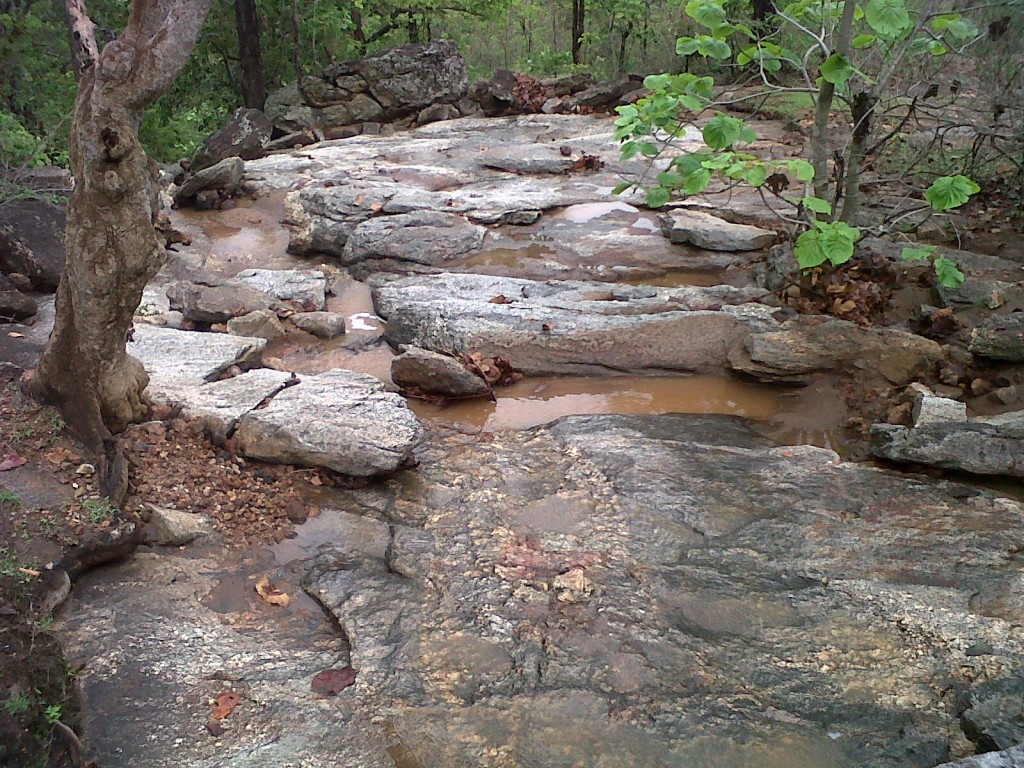
THE ROCKY TERRAINS: SITUATED AT A HEIGHT OF 3671 FEET ABOVE THE SEA LEVEL, NETARHAT IS A TOUGH PLACE TO CLIMB DOWN INDEED!!
It takes us an hour to climb down the hill. The journey is not over yet. We need to walk into the jungle for another eight miles. I need a cup of tea to get my nerves revitalized. We stop near a scanty DHABA. The trucks keep on thundering past us, belching gushes of black smoke. Saty says he has loved the smell of this smoke ever since he was a child. I confess the same, sipping the sugary liquid which they have served in the name of tea. The kids are going to school, with bags on their soldiers. One of the bags has a Spiderman!
We would be walking for another eight kilometers before we reach Beritola – the village where the Malhar tribes live. The path to the village is studded with tiny rivulets which have more sand than water in it and swaying Sal trees which refuse to leave me.
We cross a dilapidated school building. The naxals had blown it up a few months back. A few meters from this building where another school has been established. The only difference is that this time onwards, there are hundred policemen sharing the space with the kids. I find a ‘Jawan’ standing just outside the entrance, holding a SLR rifle in his hand, looking at the playing children as if scavenging for the memoirs of his lost childhood amidst them! I so wish he could throw that SLR and join the kids in playing Football. Alas!
We keep on walking until we find ourselves at Beritola. The whole village is gathered near a Banyan tree. It is the ‘PANCHAYAT’, Saty tells me. ‘Would they talk to us’? I ask. Yes definitely! Arun assures me. He takes me to meet his maternal aunt. He is visiting them after 10 years. I am in Beritola – the naxal bastion in Jharkhand. There is nothing frightening about this place. Tucked cozily amidst the sylvan hills, with tiny rivulets splurging across, I am living heaven out here!
The hospitality which the family offers humbles me. They do not go about showcasing it for they have nothing to showcase. Poverty breathes heavily in this village. But the ‘LOTA’ (Tumbler) in which they have given me the water is far richer than any other valuable item that the world can think of. I tell them my purpose of coming to the village.
‘You are at the right place – we have our village teeming with ‘MALHARS’, an elderly lady informs me. She says she will go out and call the best ‘Godana’ artists right here, right now. They keep on flooring me with the humility that oozes out of them. I have no qualms about being humbled. You do not get these chances every day
Within five minutes I have Purni Devi and Madijan sitting with me. This mother – daughter duo is one of the most accomplished ‘Godana’ makers around the vicinity. It takes them a few minutes before they catch their breath and digest the fact that they are getting filmed. It’s the first time in their lives that somebody has come to click their photographs. Purni has her six year old daughter sleeping coyly in her lap.
ME – How long have you people been in this ‘Godna’ thing?
PURNI – It is our business and we make good money out of it.
I sense she is lying. However, there is a strange irony that encapsulates this lie. It is the camera which is making her lie. It does have strange effects on different people.
ME- How much?
PURNI – One thousand! We charge around 1000 when someone asks for a full body Godna.
I doubt whether she would have ever seen a thousand rupee note in her life. Her rickety figure seems to be bruised throughout with stains of poverty. I am not sure why she is lying but I am sure it would not be long before the truth about the cruel miseries that circumscribe their lives would get spilled out of them.
ME – That’s great. So I guess you must be very happy about this business?
It’s Madijan who drops in the conversation. She is Purni’s mother.
MADIJAN – “Ab Ni Khudais la Chaudi man…..kahis la shadi Na hokhi….!”
She is speaking SADRI – a tribal dialect spoken in this locality. She says that girls do not prefer having Godna anymore. They say that nobody would marry a girl with a Godna on her body.
They start talking about some Vinita Lakra, a beautiful girl from a nearby village who is ‘eighteen’ and yet to get married. It’s all about having a ‘fair skin’, what if it is a black one! It is a story of the evolving fashion trends within these tribal communities.
ME – If people do not want to get a Godna anymore, then who pays you a thousand rupees?
Purni is stumped. She blushes. I smile. I do not intend to take her off the hook. I have found traces of truth in her eyes. It is all I am looking for.
PURNI – Yeh! But we move out frequently. There are still many people who want us to do a Godna on their body.
I know I have many such contradictions coming in my way.
ME- Do you know back there in Delhi people call your Godna as ‘Tattoos.’
PURNI – They speak English out there. We do not know their language.
ME- They would want to know more about your stuff.
PURNI – Why?
ME- Because it’s a part of your age old culture. Is it your ancestral profession?
MADIJAN – Yes! We are Malhar. Our ‘Purkhas’ have been doing it since ages.
ME- Did your parents teach you this art?
PURNI – Yes! We are expected to take up their profession. Nobody taught me how to do a Godna. I learnt it by myself, looking at my mother whom I used to accompany while she went to do a Godna.
ME- How do you do it? What are the tools which you use for doing it?
The mother and the daughter begin talking in hushed voices. Purni is going to bring her tattooing kit. I am overwhelmed at their gesture.
I continue talking to Madijan while Purni walks out to bring the kit.
ME – Why do people go for getting a Godna done?
MADIJAN – ee…Oraon man ke chinha hake…..! (It is the mark of Oraons.)A few generations earlier, it was a part of our rituals. We considered it to be a sign of purity.
ME- Now?
MADIJAN – The kids do not want to have it now. I think it is because they are going to schools. Educated people do not want their bodies to be scribbled.
ME- What about those naxals who roam in the jungle holding a gun in their hands? Do they have Godna on their hand?
MADIJAN – Yes! Why not? They are a part of our community. ‘Abhi Na hua hai…Ee sab….party-tarty…pehle to sab eke they….! (This whole talk about party- tarty is a recent one. Earlier we used to be one!)
ME- Have you ever tattooed a policeman?
MADIJAN – AGAR KARWAYEGA TO KAHE NAHI KARENGE……!
She is finding me funny. ‘Ee…chauaa ta majak Karis la…’! ‘(This kid is joking)’!
ME- Do you wear anything on your hand while tattooing?
MADIJAN – Yes! We wear bangles!
ME- No! No! I am talking about gloves. You see, people are very conscious about hygiene. The upper portion of the skin is exposed to all kinds of dirt while tattooing. Your hands might transfer the dirt.
MADIJAN is flabbergasted to find that doing a GODNA can be a dangerous thing.
MADIJAN – Nobody has ever come up with any such complain.
ME- Do you boil the tattooing equipments in hot water?
MADIJAN – No!
I begin my five minute lecture about the importance of maintaining strict hygiene measures while tattooing. At the end of it, I do not find a single person impressed. There has not been a single report of skin disease due to tattooing in this part of Jharkhand, in all these years, I am told, almost unequivocally.
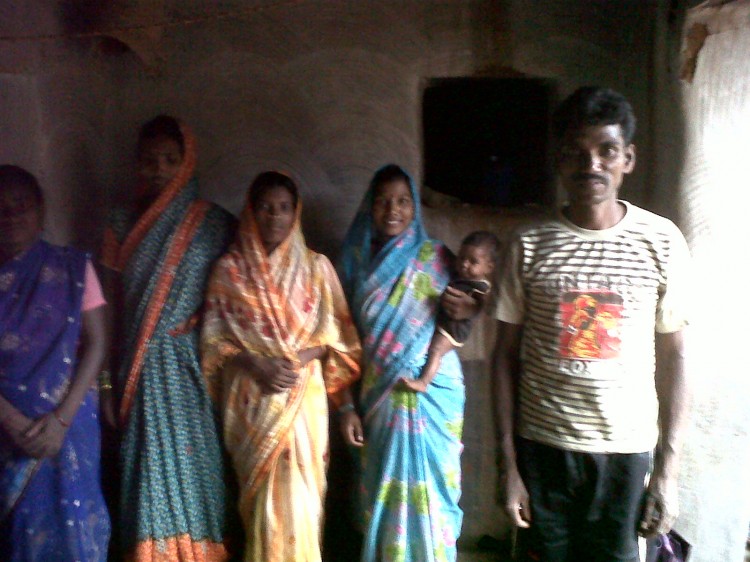
THE MALHAR FAMILY – FROM LEFT: NIRMANI DEVI, MADIJAN, PURNI DEVI, RAMANI DEVI, TATRU-THE KIDDO, AND SHREE JEETU.
Purni returns with a bag. The kit is here. My excitement fizzes out as I find just three things tumbling out of the bag – a wooden tube, a black pot consisting of ‘Kajal’ and a small needle.
PURNI – It’s all that we need to do it. We mix the milk from a women’s breast into this pot. The Kajal gets mixed with the milk.
Their ink consists of milk from a women’s breast mixed with lampblack. You cannot get more rustic than this.
ME – What kind of designs do you people draw?
PURNI – It all depends what people want. We can draw anything ranging from flowers, snakes, fishes, name of the husband to Bajrang Bali (the much revered Hindu god – Hanuman) and the OM.
ME- Do you love tattooing?
PURNI laughs! I join her. Her husband has joined us. I ask him his name. ‘Shree Jeetu’! He does not forget to mention ‘Shree’, it is a sign of reverence, he has been told!
SHREE JEETU – Godna is not enough! It is getting useless now. Not many people want to have it. SAIKADA MEIN EK…! (One in hundred!)
Purni looks at her husband. He has quashed her lies, unknowingly. I look at her. I feel bad.
ME- Has the government ever bothered to know anything about this artistic lineage of your community?
SHREE JEETU – Why would they? They have other important things to do. We do not like to be called Malhar anymore.
ME – Why?
SHREE JEETU – If we use Malhar in front of our name, they won’t teach our children for free in the government schools. Malhar comes in the ‘general’ category.
ME- Have you ever felt like showcasing your talent to the world?
SHREE JEETU – Yes! Who wouldn’t want to showcase it? But we do not have the opportunity.
A young lady serves us lemon-tea in three big glasses. It’s drizzling outside. I couldn’t have asked for more.
ME- What do you expect from us?
SHREE JEETU – Just tell the world about our talent. Tell them we may not be perfect like them but we are original.
ME- I promise, I would. Thank you so much for sharing such valuable information with us.
It’s not over yet. Purni says she would like to draw a design for me. She is drawing it on a piece of paper. I ask her to use the ‘milk’ along with the Kajal. Madijan stops her to do so. Milk is hard to find in this part of world and that too, the milk from a women’s breast.
She keeps on drawing while three other ladies join us. Shree Jeetu wants me to write their name in my story. Their names are Nirmani Devi, Ramani Devi and Sukui Devi. They do not use ‘Malhar’in front of their names!
I click their pictures. Hopes are soaring high in this tiny hut at Beritola. They will definitely talk about it for long – about me, about my black diary, about my laptop, about this camera with which I am capturing their pictures, about the hopes which I have brought for them. They would not know what will happen, neither do I. But for the time being, Beritola is smiling. I am their guest and they would not let me go without having a THAALI full of Bhat (cooked rice) along with them.
Life, when lived along with moments, feels good. It’s the epochs which make it such a tricky business!
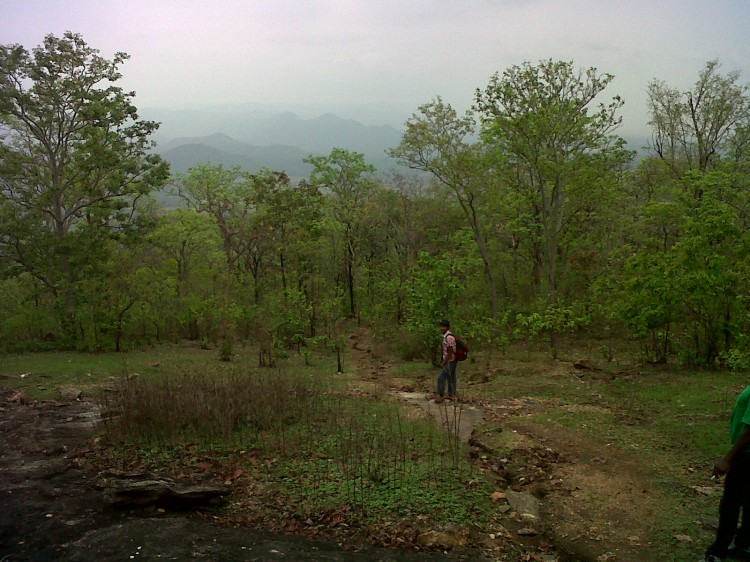
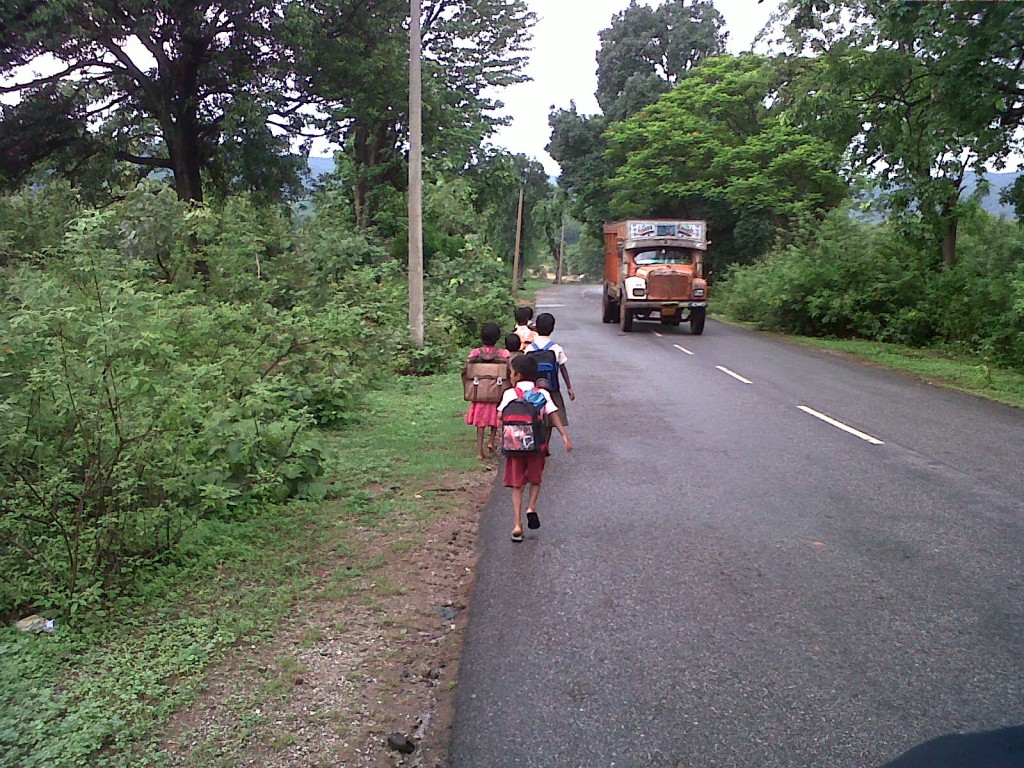
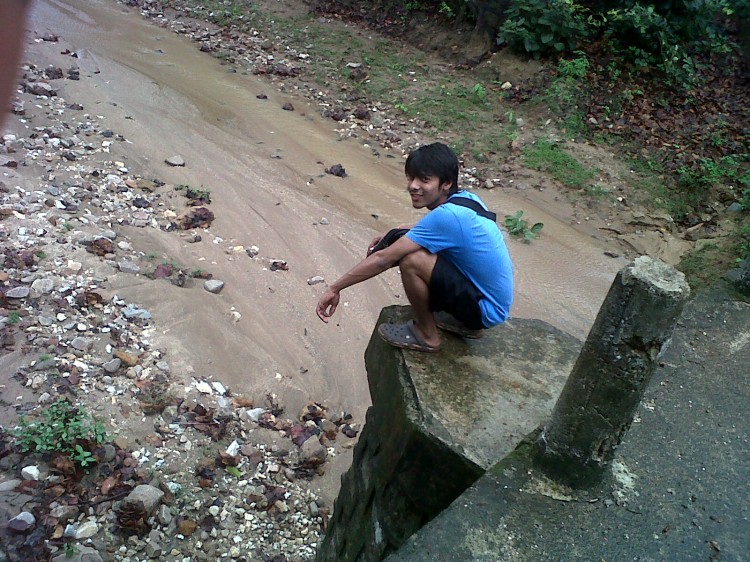
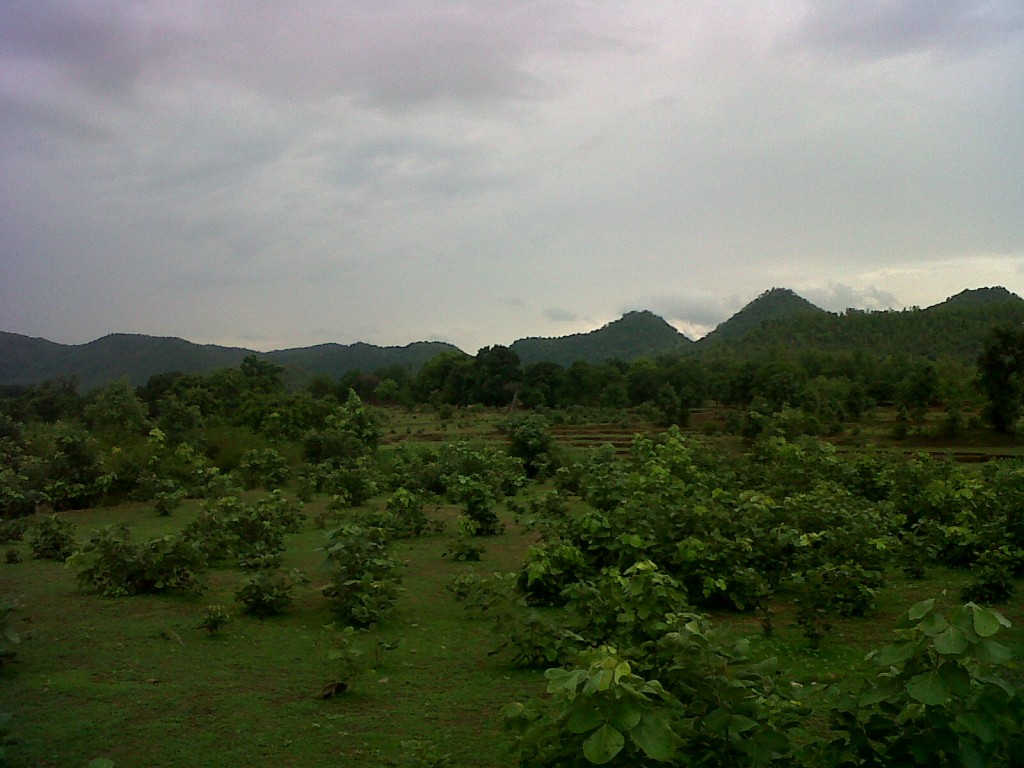
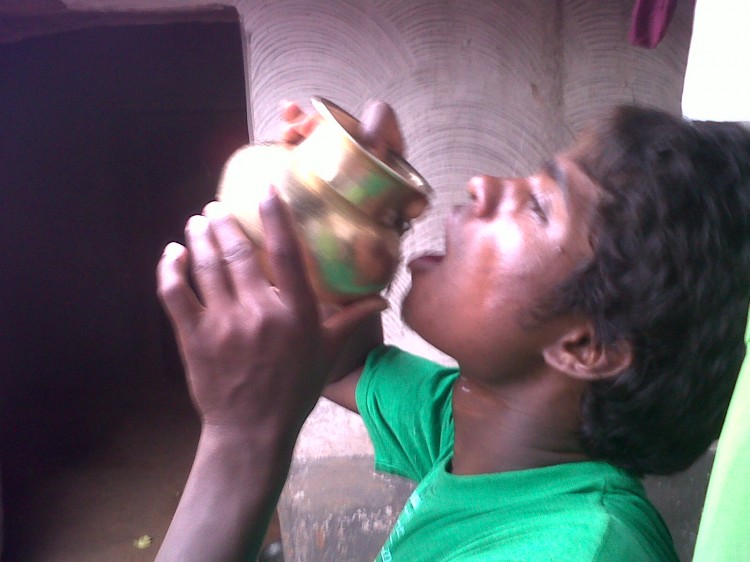
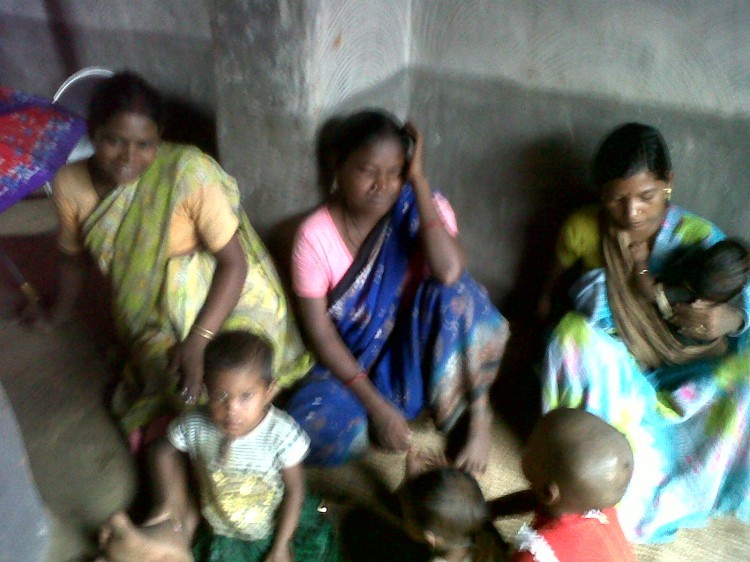
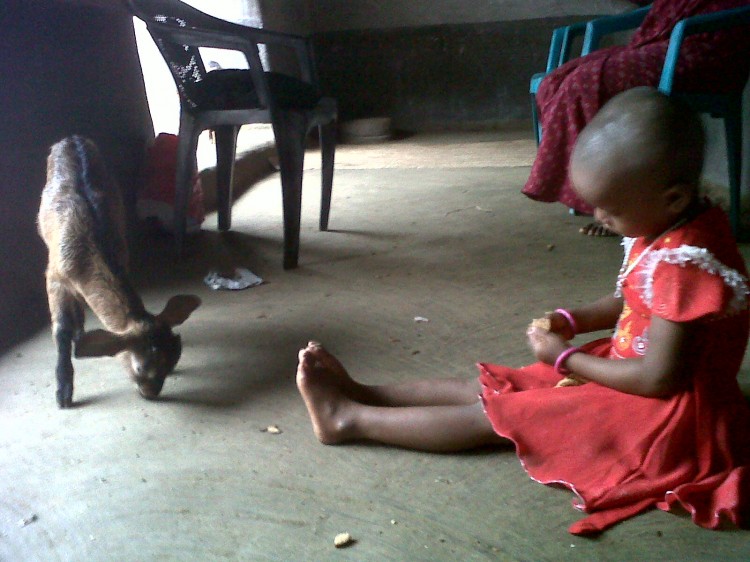










I wish to show my thanks to the writer for rescuing me from this challenge. As a result of surfing through the the web and getting notions which are not helpful, I figured my entire life was gone. Living devoid of the approaches to the problems you have sorted out all through your good post is a critical case, and ones that might have in a wrong way affected my entire career if I hadnt come across your site. Your own knowledge and kindness in controlling every item was tremendous. Im not sure what I would have done if I hadnt encountered such a point like this. Im able to at this time look ahead to my future. Thanks very much for this high quality and results-oriented guide. I will not hesitate to suggest your web site to anyone who will need tips about this matter.